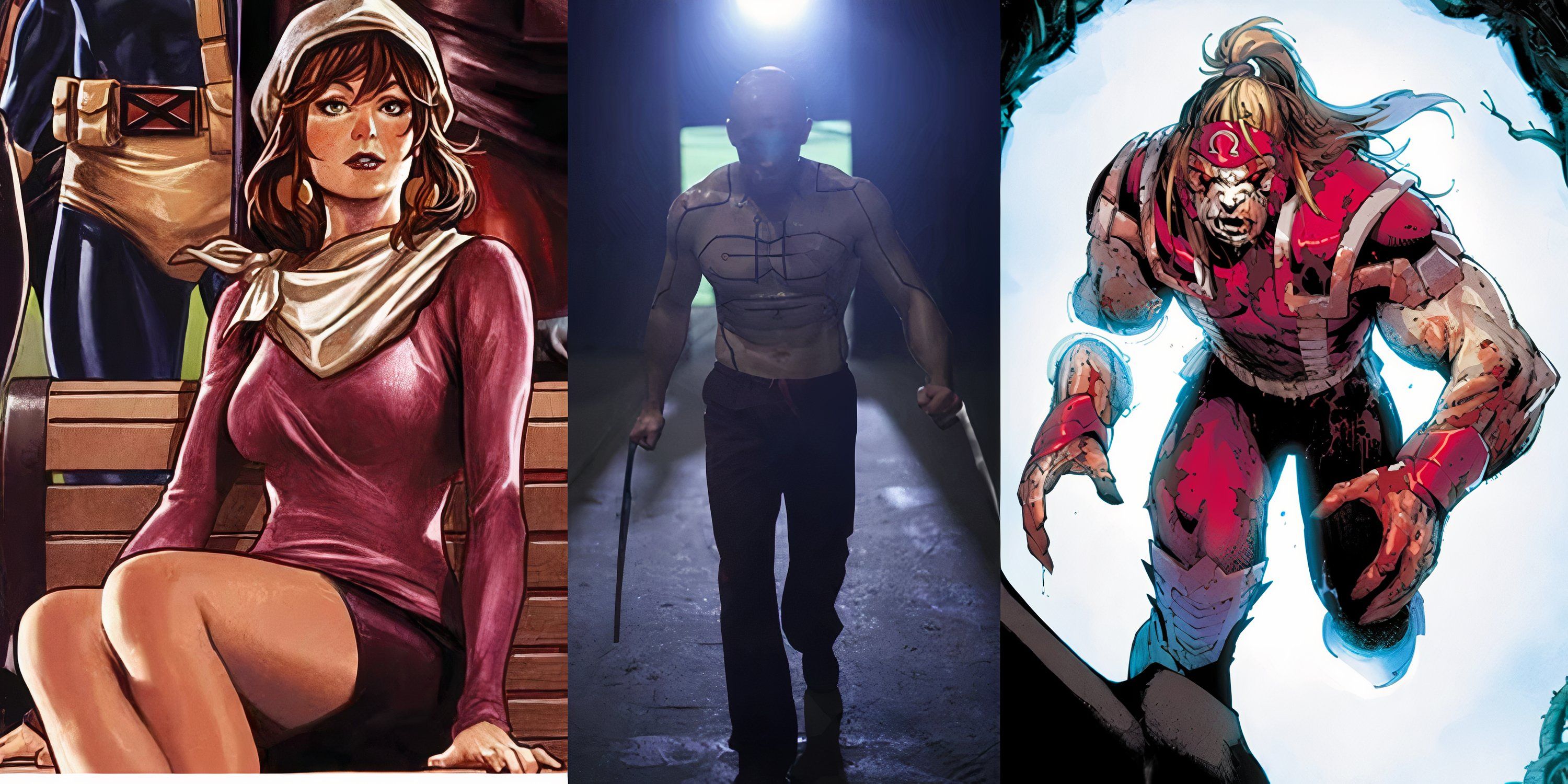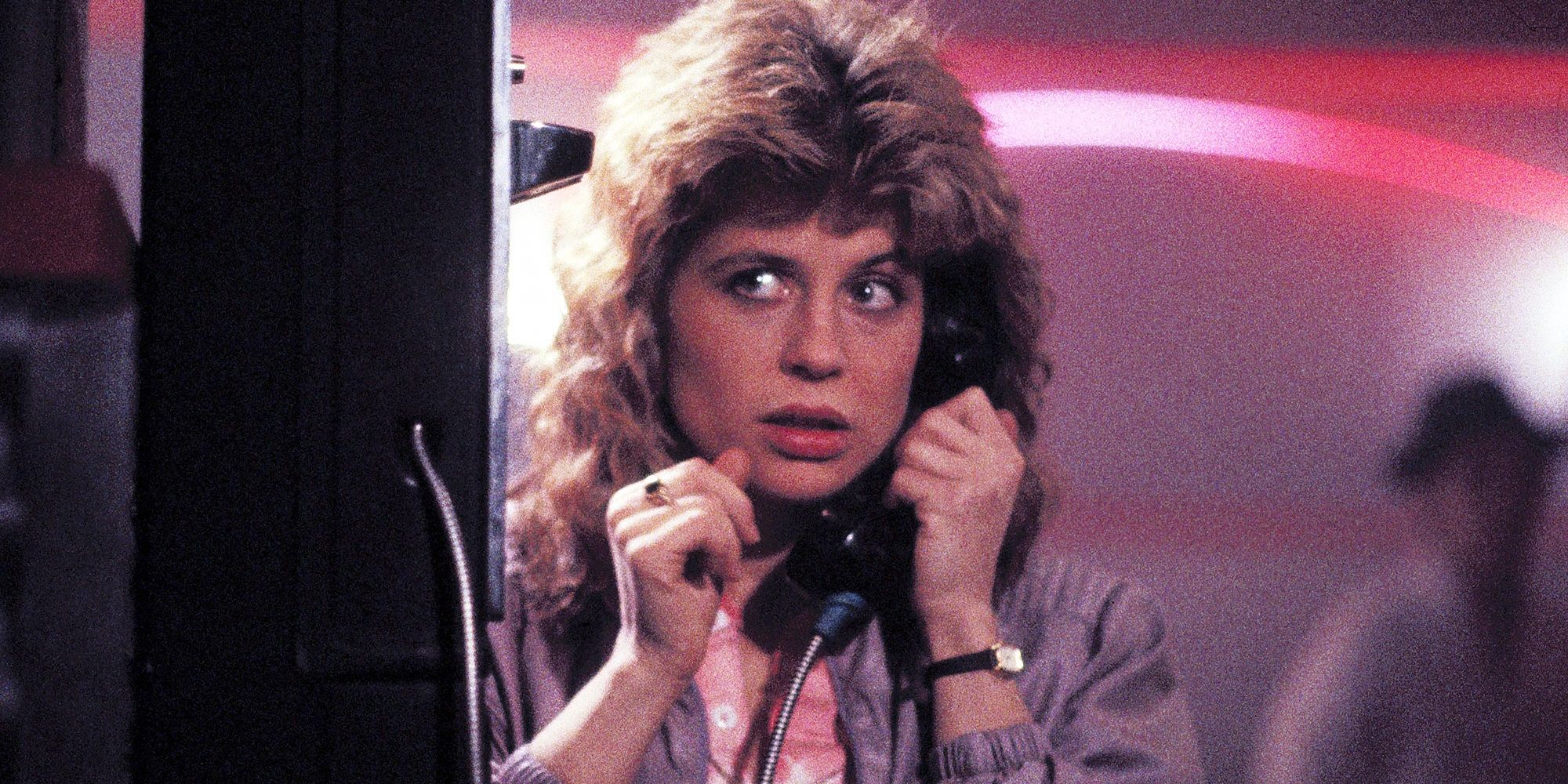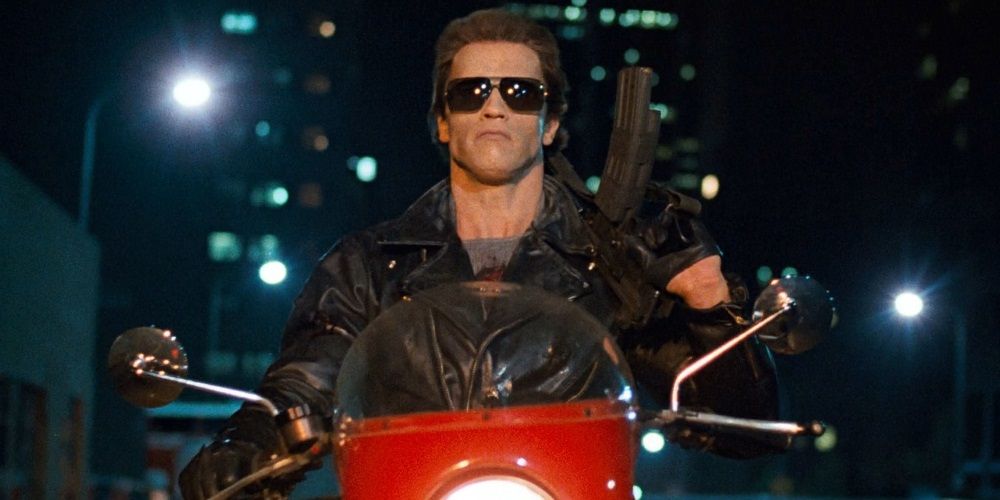The acclaimed second installment in the Terminator franchise, T2: Judgment Day, is an all-out action-packed extravaganza that set a new record for the most expensive movie ever made by blowing up trucks and shooting up police cars and flying helicopters very dangerously. But the first movie, 1984’s The Terminator, is a much smaller-scale neo-noir produced on a relatively slim $6.4 million budget.
The movie has plenty of action sequences, from the T-800 bursting into the police station in a car to Kyle Reese throwing homemade bombs out the window during a car chase, but it’s primarily an intimate thriller about a man from the future protecting an everywoman in the present from a killer cyborg, also from the future, that wants her head. Thanks to incredible performances by Linda Hamilton, Arnold Schwarzenegger, and Michael Biehn, The Terminator’s far-fetched sci-fi story rings surprisingly true.
James Cameron’s movie telegraphs its intended genre during a crucial scene. The T-800 first tracks down Sarah Connor at a nightclub called “Tech Noir.” A tech noir is a traditional film noir – a morally gray crime story about good guys trying and failing to stay one step ahead of bad guys – told through the modern lens of technology (which wasn’t so prevalent in Bogart’s heyday). Film noir has always tackled contemporary fears, and The Terminator goes after the fear of advancing technology one day turning on humanity, as that exact eventuality comes to the present day in a one-way time machine.
With its shadowy back-alleys and useless police, The Terminator fits the noir category perfectly. But it also conforms to all the basic tropes of another beloved genre: the slasher. Slashers originated in the ‘60s and early ‘70s with seminal horror masterpieces like Alfred Hitchcock’s Psycho and Mario Bava’s A Bay of Blood, but it didn’t make it to the mainstream as a clearly defined subgenre until John Carpenter made Halloween. Halloween laid out a template that any budding horror filmmaker could replicate if they had a small budget, a cast of young, unknown actors, and a serial killer with a franchise-able gimmick. And replicate it they did; Carpenter’s film was followed by such imitators as Friday the 13th, My Bloody Valentine, Prom Night – the list goes on. The Terminator hit theaters in 1984 at the height of the post-Halloween slasher craze.
The most obvious way that The Terminator adheres to the expectations of a slasher movie is in its protagonist and villain. Sarah Connor is a quintessential final girl, introduced as an everywoman at the beginning of the movie who convincingly transforms into a badass by the end of it, much like Laurie Strode, Ellen Ripley, and Sally Hardesty before her. The T-800, on the other hand, is introduced as an unstoppable killing machine effortlessly picking off unsuspecting targets one by one, much like Leatherface, Michael Myers, and Norman Bates before him.
Since most records have been destroyed in the war-torn future Kyle Reese came from, when the Terminator first arrives in present-day L.A., all it knows about Sarah Connor is her name – not even her full name – and the fact that she’s the mother of the unborn child who will eventually lead the Resistance against the machines. So, it looks up every Sarah Connor in the phone book and systematically slaughters them, building up an impressive death count in just the first act. An important part of any slasher protagonist’s arc is realizing that there’s a killer after them, and Sarah learns this through the unsettling news of people in her area with her name getting murdered one by one.
There are other slasher tropes that The Terminator exhibits, like the famous “sex equals death” trope. As outlined by Jamie Kennedy in Scream, sexually active characters in slasher movies are marked for death. In The Terminator, when Sarah goes out, her roommate stays at home to have sex with her boyfriend. When the T-800 shows up, he brutally kills both of them.
Incidentally, the year that The Terminator was released, 1984, was also the year that slashers were shaken up by Wes Craven introducing supernatural elements in A Nightmare on Elm Street. Freddy Krueger, the knife-fingered villain from Nightmare, is a paranormal entity who exists in the characters’ dreams and kills them if they fall asleep. If The Terminator set itself up more overtly as a slasher instead of focusing on the noir elements, it could’ve brought a sci-fi angle to the slasher genre.
From Jason X to Sunshine, sci-fi slashers don’t really have much to offer. With the genre getting stale, a sci-fi fusion could be just what the doctor ordered. It’s possible that, since the sci-fi genre offers much more creative freedom and possibilities than the rigid slasher genre, sci-fi slashers will always end up skewing more on the sci-fi side, like The Terminator.






